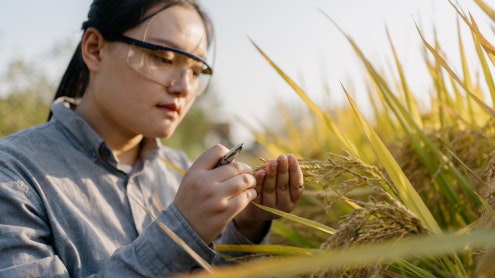Homepage
•
Learning Library
•
Blog
•
Take Learning Global With Resources From the National Parks
Expand breadcrumbs
Expand breadcrumbs
- Learning Library
- Blog
- Take Learning Global With Resources From the National Parks
- Homepage
- •
- Learning Library
- •
- Blog
- •
- Take Learning Global With Resources From the National Parks
Take Learning Global With Resources From the National Parks
By James Fester
May 10, 2023








